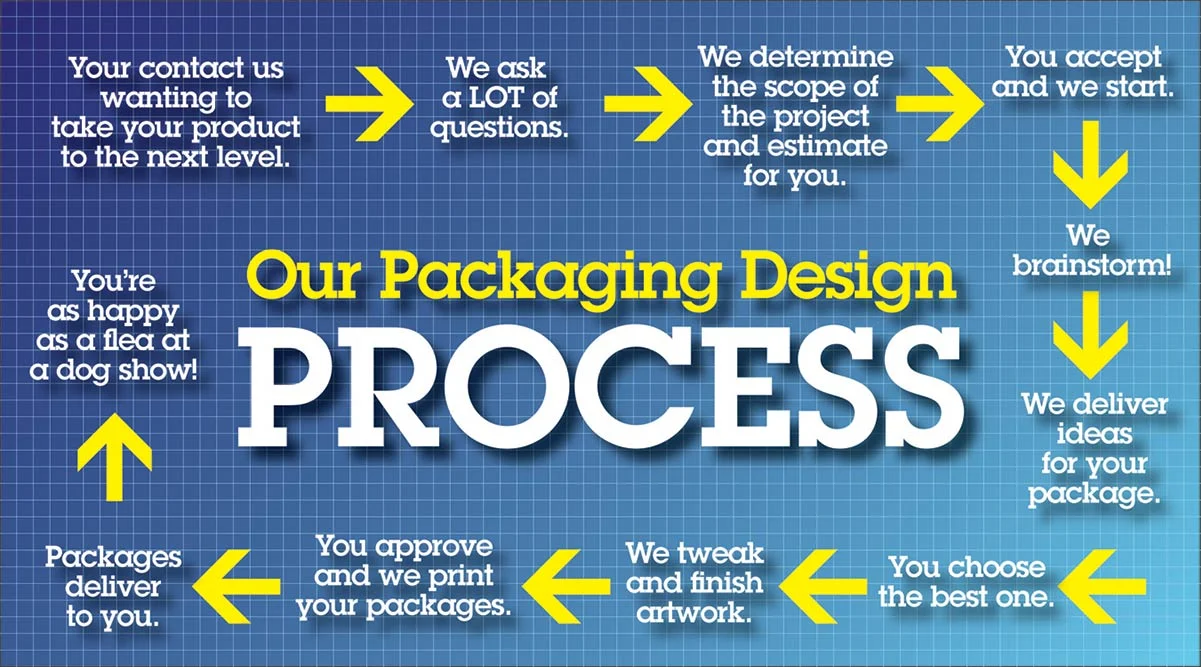The importance of product packaging cannot be overstated. And although brand managers understand its importance, they don’t always make the best choices regarding graphic design and overall packaging components.
During the CPG product development process, subjectivity (which is an enemy of the process) may lead to poor conversion rates and reduced profits.
Effects of Subjectivity
Once you immerse yourself in the creative process, it isn’t easy to stay impartial. Personal interests often influence the decision-making process. For example, some people might find custom embossed labels on a package ornate and beautiful, while others might see it as cumbersome. While spot uv labels will look very commercial when applied to some businesses, others might try to approach this and seem off-brand.
When our thoughts, views, and beliefs enter a project, we become subjective because we allow our feelings to enter into what ought to be an impartial choice. It may satisfy our egos to have others agree with our subjective viewpoints, but it might also hurt business profitability.
Startups risk being strangled if they solely depend on their own perceptions or delegate the ultimate design choice to an agency.
However, smaller brands with a good understanding of the industry can do better than larger ones. Being closer to the consumer gives smaller businesses an edge over larger ones with excellent packaging.
In these two cases, subjectivity could be the deterring factor for the brands.
Removing Subjectivity From the Design Process
In order to get a more comprehensive response regarding the path to follow with their brand image and product packaging, established businesses may employ various strategies all at once.
Below are the traditional steps many brands follow when launching their product packaging.
1. Employing an agency.
Larger businesses frequently use focus groups as a tool to sway consumers’ final choices. These groups ought to offer unbiased input, giving the company whatever they require to design packaging that consumers will buy.
With regard to CPG, focus groups separate participants from all other influences so they may confidently decide which design model they prefer. However, this is not a true reflection of what’s going to happen since customers won’t shop in solitude.
The best way to rate your packaging is to place the product in a familiar shopping environment.
2. Seeking your customers’ opinions.
Customers are a great source of information about your business since they often have perspectives that you might not have. However, their thoughts and views rarely have much weight and are frequently skewed regarding marketing choices like product packaging.
Each consumer already has an emotional view of your firm, and their feedback may be subjective based on their present sentiments about your business. A customer’s response can be based on the following:
- They may want to please you and tell you what they think you want to hear.
- They may think you want a critical answer and give you that.
3. Turning to your team.
While certain members of your staff may support your product, their judgment can be skewed by their own prejudices. It is good to ask their opinion, but you cannot be sure that their ideas align with those of your target market if you don’t ask the consumers.
4. Interrupting customer intent.
Customer intent is when a customer favors a product over the competition. Contact a well-established packaging company for help to turn the intent into actual sales.

